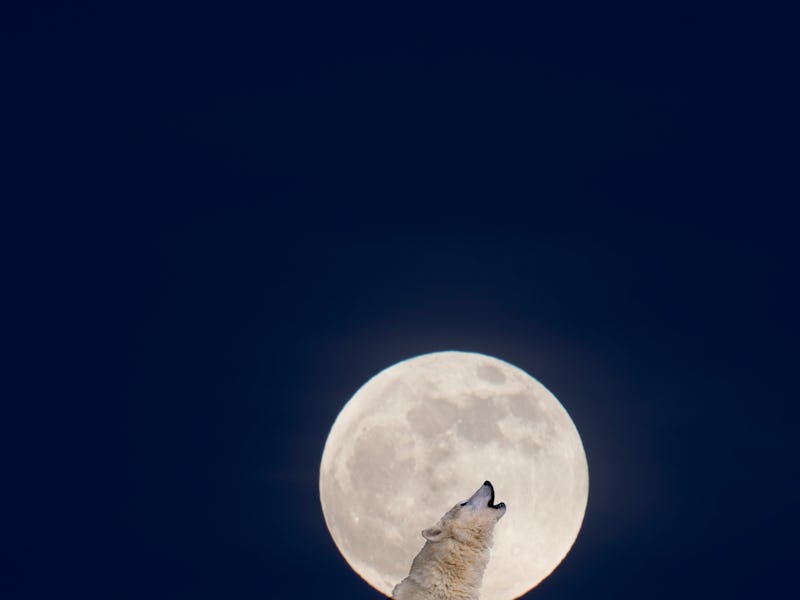Wolf Moon: You need to see the first Full Moon of 2023 next week
January 2023 will feature a smaller-than-usual Full Moon.

The Wolf Moon will dazzle the night sky just days after the start of the new year. But the first Full Moon of 2023 will appear smaller than usual.
The glow of moonlight is a reflection of sunlight. When the far side of the Moon is lit up, its near side is all dark: that’s New Moon. But when it comes time in the month for the near side to get the star’s illumination, it’s quite a sight. The Full Moon is one of the most spectacular lunar phases, and in January, it will appear about a week into the new year.
The Full Moon will reach its peak on the night of January 6 just a few minutes after 6:00 p.m. Eastern. The Farmer’s Almanac anticipates the peak happening at 6:09 p.m. Eastern. The website Time and Date targets two minutes earlier, at 6:07 p.m. Eastern.
Moonrise on January 6 will occur at 3:23 p.m. Eastern in New York, according to Time and Date. You can use the site’s moonrise and moonset tool to find local times.
WHAT IS A WOLF MOON?
The Wolf Moon in January 2022, seen from the UK.
The first Full Moon of the year is called a Wolf Moon. The name ties the behavior of the generally nocturnal animal with the illuminated lunar face, but they don’t have much in common.
Wolves are generally more active at night, however, and winter has plenty of it. The Full Moon of January is the first to appear after the Northern Hemisphere’s winter solstice, a celestial benchmark signifying the most nighttime and least daylight of the year.
Wolves howl more frequently at twilight, according to the U.S. National Park Service. They use howls flexibly for many social reasons: the sound helps them to locate other wolves and to display the size of their pack or territory, for instance, and they’ll howl solo or in choruses. Sometimes wolves just want to sing, according to the Wolf Conservation Center in New York.
Since wolves make more noise at twilight, their howls may be tied to the rise of the Full Moon. This lunar phase usually emerges at sunset from the horizon.
HOW TO SEE THE JANUARY FULL MOON
Wolf Moon 2022, seen from Nevada, USA.
NASA also says the Full Moon will officially appear on January 6. If viewing conditions are more favorable the day before, you’ll still get a good view. A NASA tool from its Science Visualization Studio says that, during the U.S. evening on January 5, the Moon will be 99 percent full.
Look towards the northeastern horizon to catch the rise of the Wolf Moon, the Almanac states.
If you want to take your camera out, check out this advice from Bill Ingalls, NASA's senior photographer, published on NASA’s website. Some tips are to use a tripod, include an object in the view of the Moon, and adjust to daylight settings.
A Full Moon photo taken by Bill Ingalls in March 2011.
A MICROMOON
The Wolf Moon will be a micromoon.
The Moon orbits the Earth in an elliptical orbit, where one side is nearer to the planet, and the other is farther. A supermoon happens when the Full Moon coincides with the nearer point, known as perigee. This makes the Moon appear larger than usual in the sky.
And when the same bright lunar phase happens as the Moon is close to or at the farthest point, called apogee, we get a micromoon.
“January’s Micro full Moon is about 252,600 miles from Earth,” according to the Almanac.
WHEN IS THE NEXT FULL MOON?
The Wolf Moon will be followed by the “Snow Moon,” on February 5, 2023.
This article was originally published on